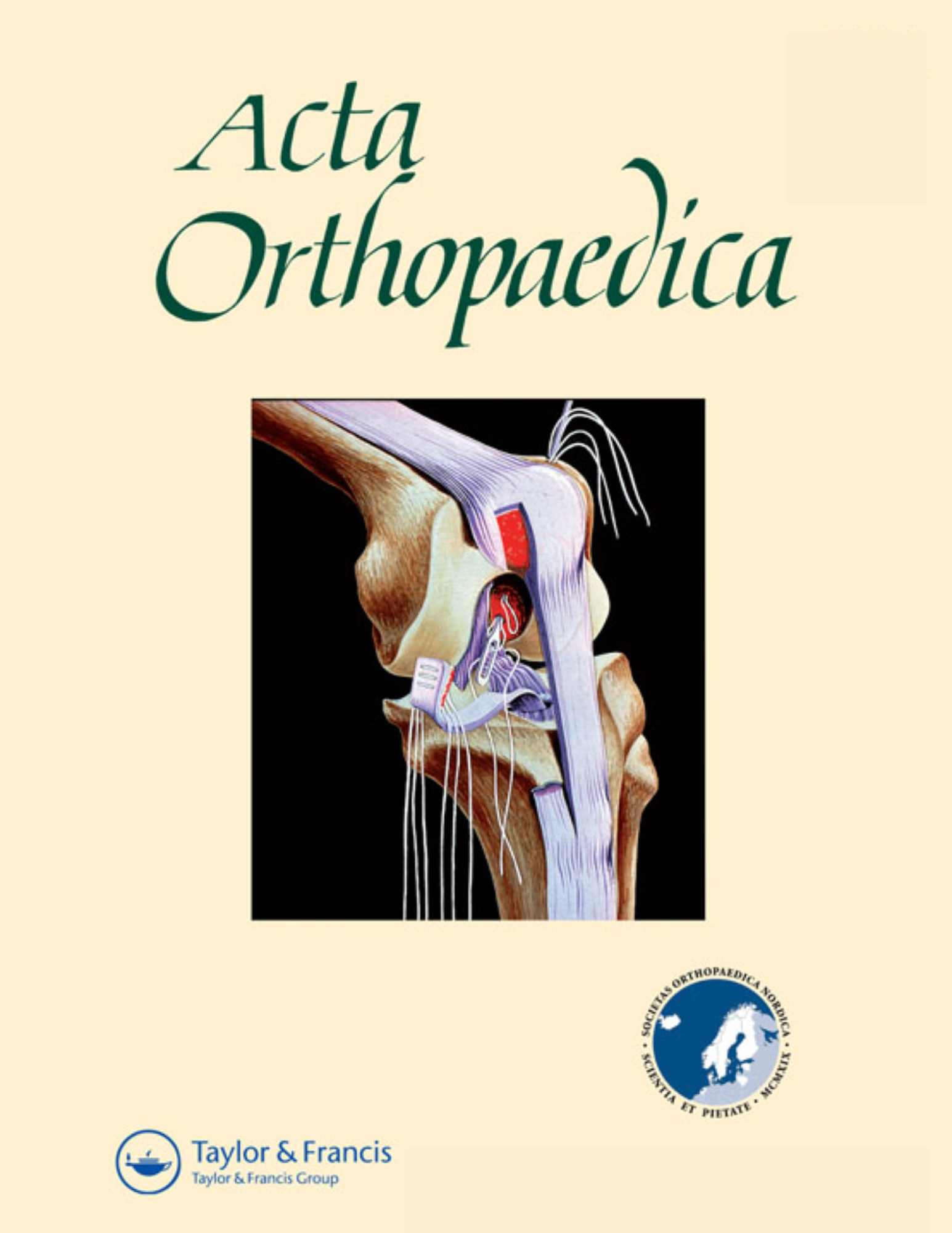
Electrochemical versus plasma-coated femoral implant in total hip arthroplasty

Electrochemical versus plasma-coated femoral implant in total hip arthroplasty
A prospective randomized study comparing electrochemically deposited hydroxyapatite and plasma-sprayed hydroxyapatite on titanium stems
Acta Orthop. 2011 Feb;82(1):13-9Did you know you're eligible to earn 0.5 CME credits for reading this report? Click Here
Synopsis
50 patients undergoing total hip arthroplasty were randomized to receive either plasma-sprayed hydroxyapatite (HA) or electrochemically deposited hydroxyapatite (Bonemaster, BM),as a coating for the fixation of uncemented femoral stems, in order to compare the safety and efficacy of the two coatings. At a follow-up of two years, the two groups were similar in regards to their clinical outcomes.
Was the allocation sequence adequately generated?
Was allocation adequately concealed?
Blinding Treatment Providers: Was knowledge of the allocated interventions adequately prevented?
Blinding Outcome Assessors: Was knowledge of the allocated interventions adequately prevented?
Blinding Patients: Was knowledge of the allocated interventions adequately prevented?
Was loss to follow-up (missing outcome data) infrequent?
Are reports of the study free of suggestion of selective outcome reporting?
Were outcomes objective, patient-important and assessed in a manner to limit bias (ie. duplicate assessors, Independent assessors)?
Was the sample size sufficiently large to assure a balance of prognosis and sufficiently large number of outcome events?
Was investigator expertise/experience with both treatment and control techniques likely the same (ie.were criteria for surgeon participation/expertise provided)?
Yes = 1
Uncertain = 0.5
Not Relevant = 0
No = 0
The Reporting Criteria Assessment evaluates the transparency with which authors report the methodological and trial characteristics of the trial within the publication. The assessment is divided into five categories which are presented below.
2/4
Randomization
3/4
Outcome Measurements
4/4
Inclusion / Exclusion
4/4
Therapy Description
4/4
Statistics
Detsky AS, Naylor CD, O'Rourke K, McGeer AJ, L'Abbé KA. J Clin Epidemiol. 1992;45:255-65
The Fragility Index is a tool that aids in the interpretation of significant findings, providing a measure of strength for a result. The Fragility Index represents the number of consecutive events that need to be added to a dichotomous outcome to make the finding no longer significant. A small number represents a weaker finding and a large number represents a stronger finding.
Why was this study needed now?
Alternative bone coatings, such as Bonemaster (BM), provide potential advantages in terms of remodelling and transporting of bone-active substances. The trial was necessary to investigate whether the use of this alternative is safe for conventional clinical use.
What was the principal research question?
In patients undergoing total hip arthroplasty for non-inflammatory osteoarthritis, does electrochemically deposited Bonemaster provide non-inferior results in terms of safety, as compared with a conventional femoral implant utilizing plasma-sprayed hydroxyapatite?
What were the important findings?
- The null hypothesis was rejected for BMD in Gruen zone 1 (p = .01); bone loss was less in the BM group. The null hypothesis was accepted for all other regions (p > .05)
- No statistically significant results were obtained with respect to femoral migration or rotation following implantation (p > .05)
- There were no significant differences in the Harris Hip Scores at two year follow-up between the groups (p > .05)
- There were no significant differences in the oxford hip score between the two groups (p > .05)
What should I remember most?
Functional scores, migration, and rotation of the femoral head following total hip arthroplasty were not significantly different. Potential benefits in terms of bone mineral density were identified in favor of the Bonemaster group.
How will this affect the care of my patients?
The results suggest that Bonemaster is clinically non-inferior to conventional plasma-sprayed hydroxyapatite and is a viable alternative. Long term follow-up is necessary to investigate other potential benefits of electrochemical deposition and whether or not long-term fixation is achieved. The small sample size of the study should be taken into account.
Learn about our AI Driven
High Impact Search Feature
Our AI driven High Impact metric calculates the impact an article will have by considering both the publishing journal and the content of the article itself. Built using the latest advances in natural language processing, OE High Impact predicts an article’s future number of citations better than impact factor alone.
Continue



 LOGIN
LOGIN

Join the Conversation
Please Login or Join to leave comments.